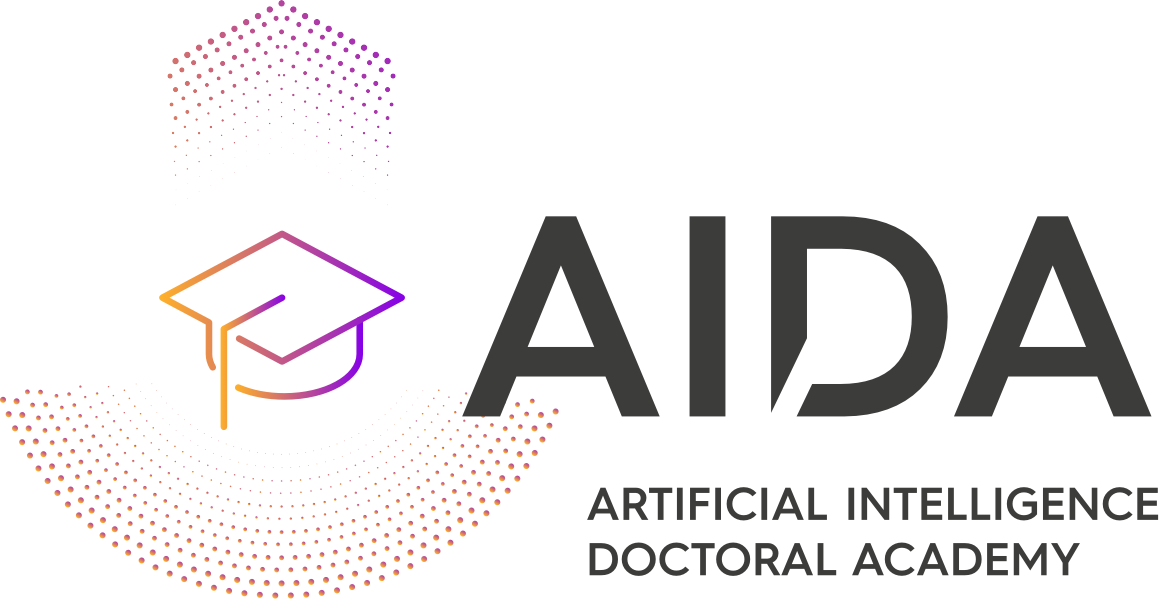Domain Adaptation
This lecture overviews Domain Adaptation that has many applications in DNN training and adaptation. It covers the following topics in detail: Domain Shift, Unsupervised Domain Adaptation (Domain-specific Whitening Transform, Min-entropy Consensus loss, Maximum Classification Discrepancy, Sliced Wasserstein Discrepancy), Deep Learning methods for Unsupervised Domain Adaptation ( DLID: Deep learning for DA by Interpolating between Domains), Semi-supervised Adaptation (Entropy minimization, minmax entropy), Supervised Domain Adaptation, Bayesian Domain Adaptation, Margin Disparity Discrepancy.
Continual Learning
This lecture overviews Continual Learning that has many applications in DNN training and adaptation. It covers the following topics in detail: catastrophic forgetting, Regularization CL Methods EWC model), Dynamic CL Approaches (DEN model), Complementary architectures (Fearnet model).
Explainable AI
This lecture overviews Explainable AI that has many applications in trustworthy AI systems and autonomous systems. It covers the following topics in detail: Interpretability, Interpretability Types (Visual explanations, Image-based Plot visualizations, Textual explanations, Numerical-Mathematical explanations), Explainable AI Applications and Frameworks.
Imitation Learning
This lecture overviews Imitation Learning (IL) that has many applications in Game Development, robotics training, Autonomous Driving and Computational Cinematography. It covers the following topics in detail: Elements of IL, Behavioral Cloning, Direct Policy Learning, Inverse Reinforcement Learning, Challenges of IL, IL Project in Unity games, IL in Autonomous Driving, Cinematography Shooting.
Deep Reinforcement Learning
This lecture overviews Deep Reinforcement Learning that has many applications in, e.g., Game playing agents, Self-driving vehicles, Robotics (Robot cleaners) and Stock exchange agents. It covers the following topics in detail: Finite Markov Decision Processes. Elements of RL (actions, states, Policy, Reward, Value function, Q-function). RL algorithms for finding the optimal policy: Dynamic Programming, Monte Carlo, Temporal-difference learning, SARSA, Q-learning. Deep RL algorithms, DQN and its extensions, Rainbow. Policy Gradient methods. Actor Critic Methods. Imitation Learning. A Maze example is also presented.
Mathematical brain modeling
This lecture overviews Mathematical Brain Modeling that has many applications in Artificial Neural Networks. It covers the following topics in detail: Brain Cells (Sensory and Motor neurons, Interneurons, glia). Neuron main body, axon, dendrites, chemical/electrical synapses. Neuron physiology, Action Potential. Anatomy of the brain: Cerebrum, Cerebellum, brain stem, left and right brain hemisphere, Corpus Callosum, gyri, sulci, gray matter, white matter. Frontal, Parietal, Temporal, Occipital brain lobes.


